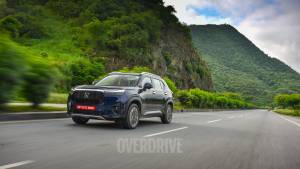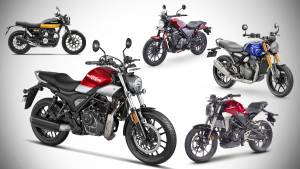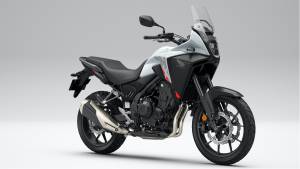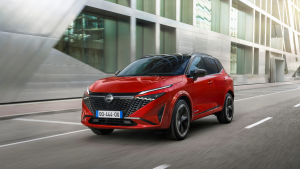2023 Honda City review - new enough?
The fifth-generation Honda City was the first car that we reviewed during the pandemic. Back in June 2020, Honda ensured that every test car was thoroughly disinfected inside and out. The inviting aroma of a new car's cabin was replaced with the unnerving smell of sanitisers. It's been three years since. Today you and I are a little bit more relaxed about such safety protocols, but the Honda City has gotten even more serious about its own safety standards. Typical Japanese.
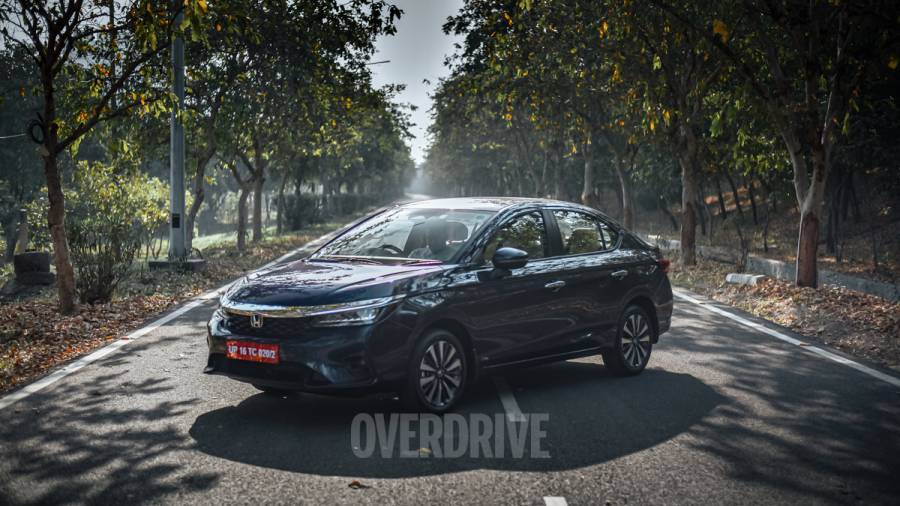
As a part of an early midlife makeover, the entire Honda City line-up is now equipped with ADAS functionality, which in 2022 was the preserve of the City Hybrid. The line-up itself has shrunk because the i-DTEC diesel, which had once become the magic bullet for Honda India, is now axed in the wake of the more stringent BS6 Phase 2 norms. Making it compliant for this era simply doesn't make financial sense anymore. To an extent, the hybrid powertrain aims to overshadow the void left by the diesel, and to that effect, a new mid-level trim (V) has been introduced on the hybrid. But it still has taller asking price than the top-end variant of the outgoing City diesel, which means that many may swing in favour of the pure petrol variants and therefore it was only natural that Honda went all-in with this makeover.
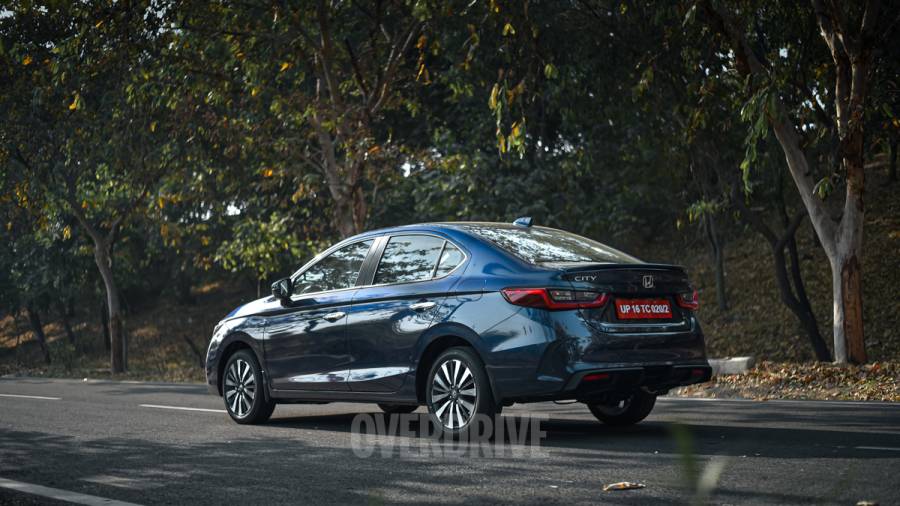
Have they done enough though? At least in terms of the design, they could have done more.
Design
In 2020 the fifth-gen City was an all-new car that raced ahead of a competition that was somehow hanging on to the segment by way of facelifts and desperate price cuts. But today, the competition is at its best - a radical all-new Hyundai Verna brimming with features, the handsome duo of the Slavia and the Virtus who have everything from fuel-efficient tech to class-leading power and the ageing yet reliable workhorse in the Ciaz which refuses to give up.
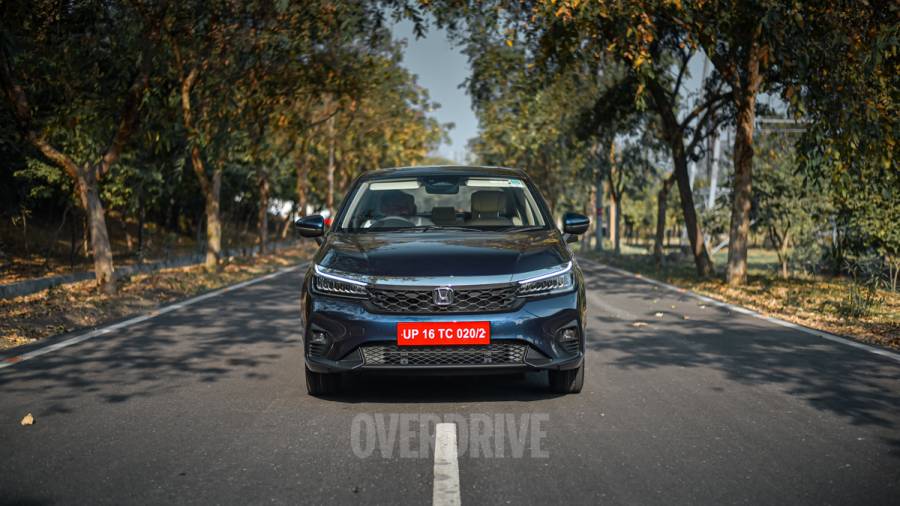
Furthermore, consumers in this segment hardly want to look beyond crossovers and SUVs - so the City needed a lot more flair in its design to grab their attention. But then again, not everyone wants radical-looking cars. There and many who still appreciate an elegant face and balanced proportions - and from that point of view, the City is still a good looker and the longest car in the segment, without looking disproportionately tall like its European competitors.
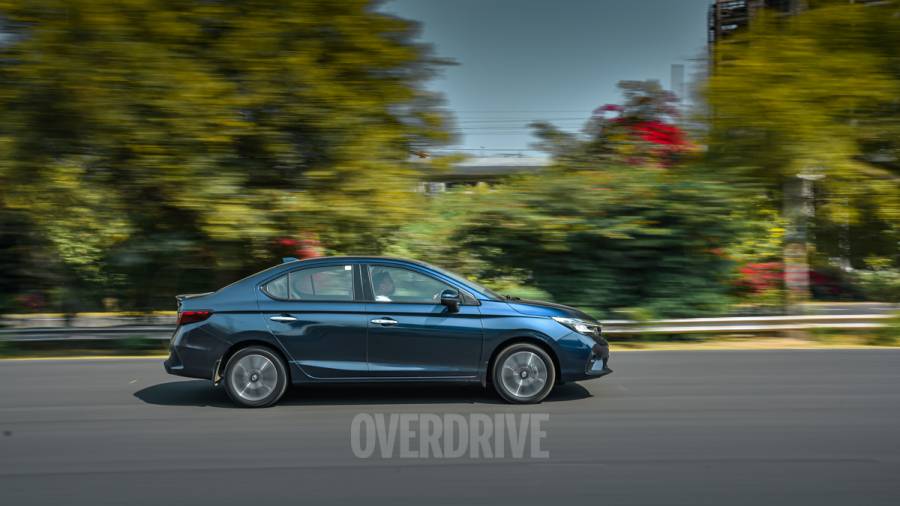
The new one can be identified with its new front bumper comprising of sleeker fog lamp housing and a carbon fibre lookalike trimming. A closer look reveals a new mesh pattern in the grille. A boot lid spoiler is a standard fit on the range-topper trims, and the rear bumper gets a similar garnish as the front, while a diffuser-like appliqué adds a sporty touch. The alloy wheels also see two new designs, while their sizes remain unchanged - 16-inch on the range-topper and 15-inch on the lower trims. All these new design elements have made their way onto the hybrid variant too, meaning anyone who bought the 2022 City hybrid now enjoys the exclusive design theme that was inspired by the City RS sold in other Asian markets. In the new line-up, it's purely the badging and the blue halo around the logo that tells what variant one has chosen.
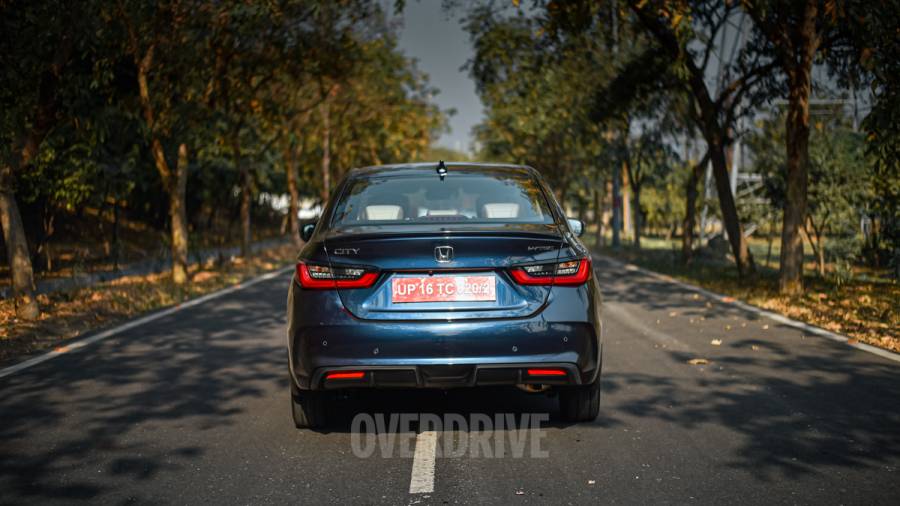
Cabin
The cabin design is virtually unchanged meaning you continue to get the handsome layout that looks and feels premium. The standard petrol trims use faux wood inlays while the hybrid chooses a sportier carbon fibre look.
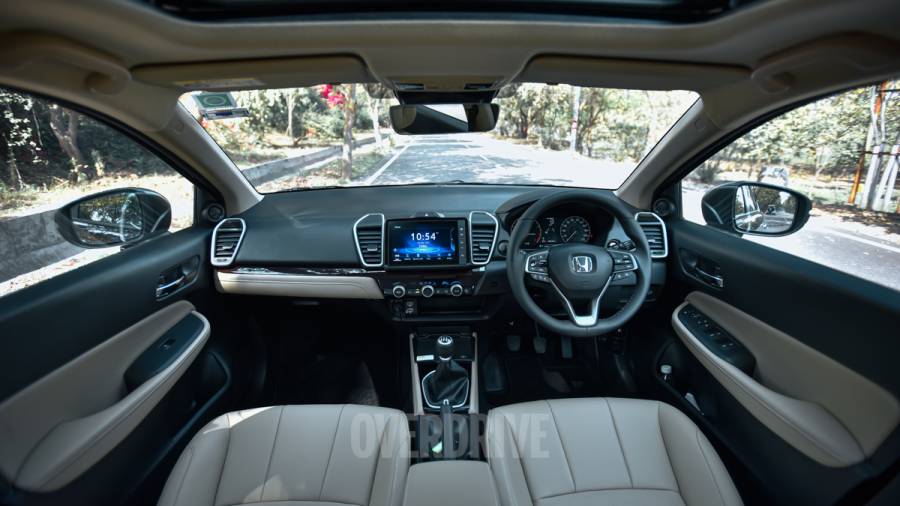
Even in today's times of exaggerated screen sizes, the City continues to use an in-dash double-DIN head unit which feels typically Japanese. But the better news is that it has an improved resolution for the screen as well as the reversing camera. The latter still doesn't get dynamic guidelines though.
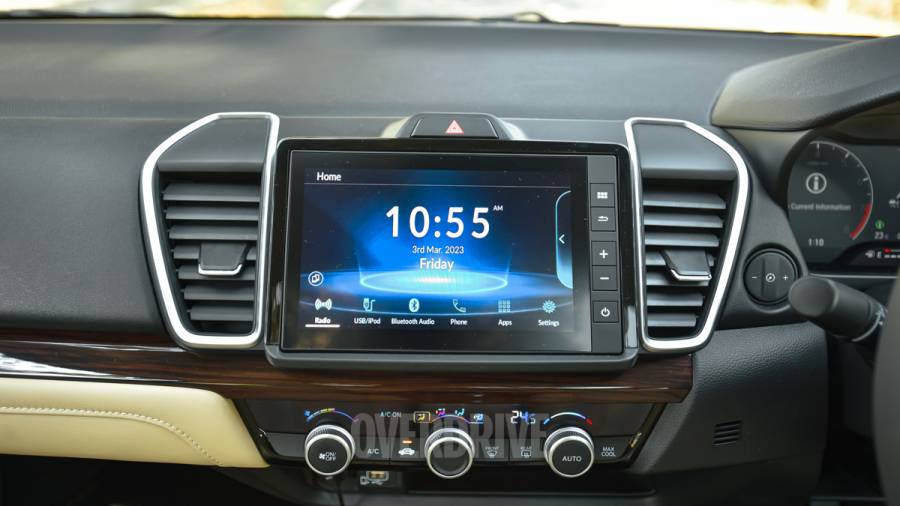
Other enhancements to the cabin include a new frameless rear-view mirror, wireless connectivity for Android Auto and Apple CarPlay and complementing a wireless charging pad too - which is fixed in the tunnel console of the hybrid, while in the petrol it is detachable and powered via the conventional 12V socket. Had the cable been longer, it could have been usable in the rear seat too.
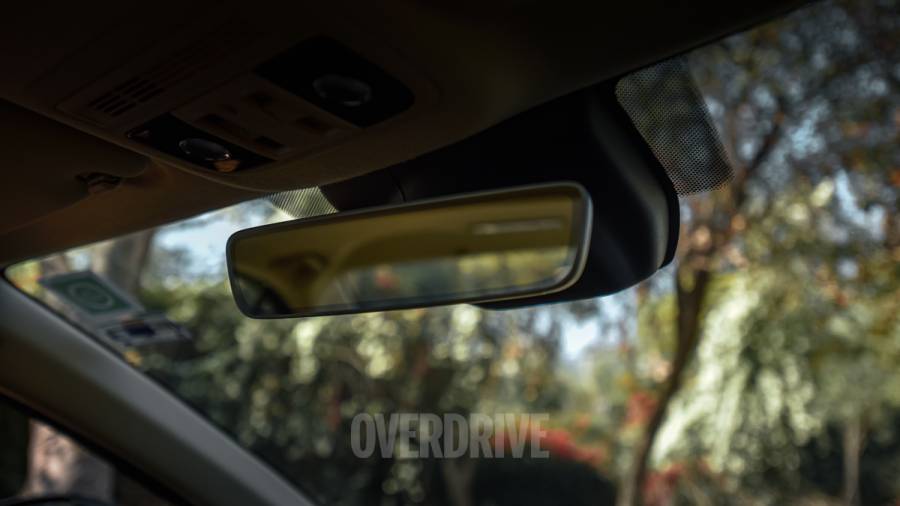
While the brochure may show you that the City's length has increased by 34mm, it is achieved with the redesigned bumpers and doesn't make any difference to the cabin space. The City's cabin was never cramped anyway and is still one the roomiest in the segment. The seats are well bolstered, and the headrests, though fixed, provide good support. The knee room, foot space and headroom are excellent in the petrol as well as hybrid variants, despite the latter storing its batteries behind the rear seat. The batteries do take a toll on the boot space though, so if you need a larger boot the petrol is the one to go for. Though not as spacious as the boot of the Slavia/Virtus it is quite roomy and will swallow two large suitcases without a hiccup.
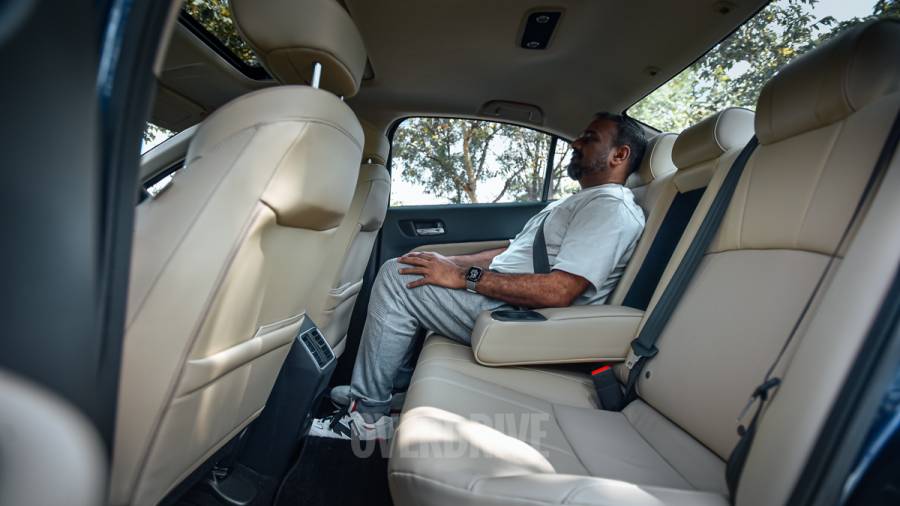
The front seats are large and supportive as before, but it was high time Honda introduced ventilated seats. Especially given the fact that it is such a nice driver's car too.
Driving dynamics, engine and performance
It is such a good feeling to drive a naturally aspirated petrol engine in a mid-size sedan after everything that we have been driving in this segment for the past year has been turbocharged. There is no surge of power anywhere in the rev range and what you get is one seamless pull-up to the red line. A rev-happy engine, with a slick gearbox and a light clutch, will put a smile on the faces of most petrolheads and the good news is that this engine complies with all the stringent BS6 phase two norms without any drop in power or torque. That also means that the 121PS City 1.5 i-VTEC remains the most powerful petrol car in the segment when you compare it to the base and mid-level models of the competition and is only pipped by the 150PS 1.5 TSI from the Slavia/Virtus which cost a lot more money.
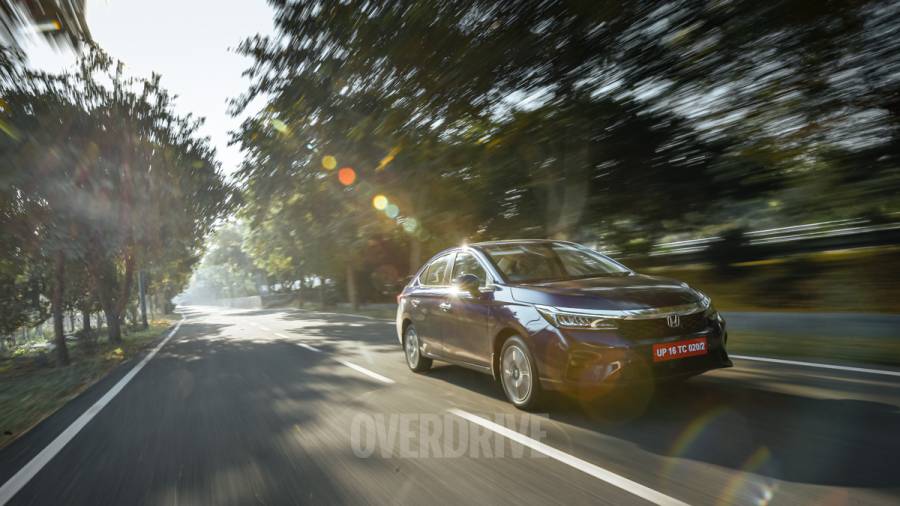
For that kind of sticker price, the extremely fuel-efficient City hybrid could make more sense to many buyers in the segment. The hybrid powertrain remains unchanged too and while the brochure might show you a slightly higher claimed fuel economy figure, it is down to some changes in ARAI's evaluation and testing process and has nothing to do with Honda's tuning. From that perspective, the minor change in the bodywork hasn't made much difference to the aerodynamics of the car and all body changes, therefore are purely cosmetic.
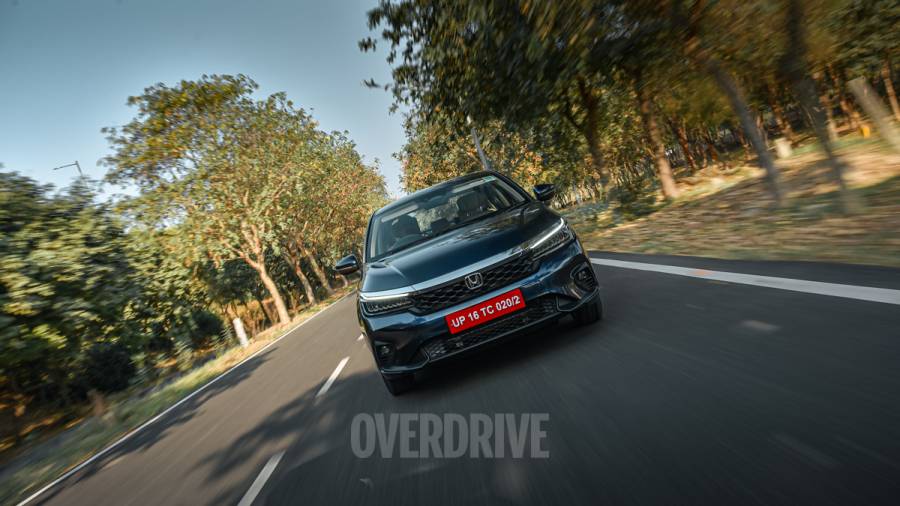
Safety
The big news for this update however is the inclusion of Honda's Sensing ADAS functions in the petrol variants too. So features like Lane Keep Assist, Road Departure Mitigation and Adaptive Cruise Control, which from 2022 were only available on the hybrid variant, are now available on all but the base SV variant of the 2023 Honda City. The hybrid itself gets a new feature called Low-Speed Follow, which is essentially similar to the Adaptive Cruise Control but even works between speeds of 0-30kmph. It works best for slow-moving traffic and will track the car in front to maintain a similar pace and even come to a halt when needed. This system isn't available for the pure petrol variants though, even with the CVT automatic.
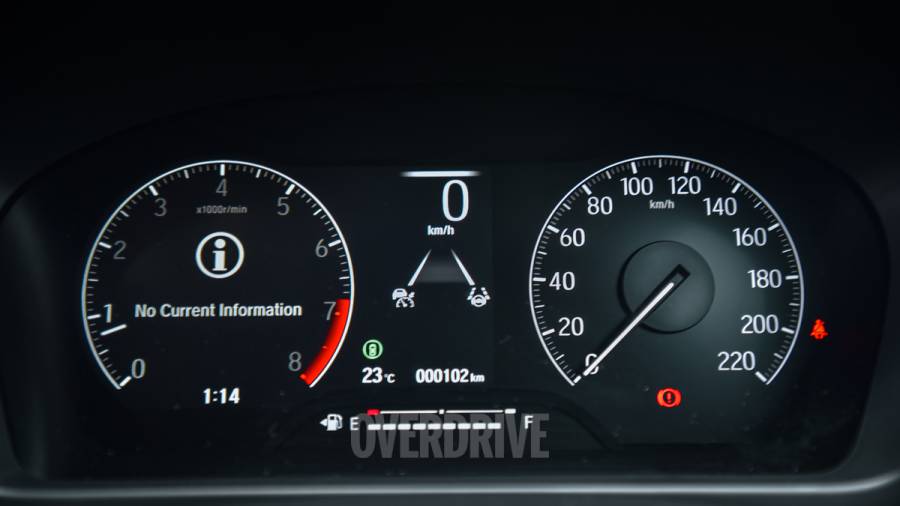
Verdict
The Honda City's updates may seem minimal on the face of it, but the inclusion of better safety features like the ADAS tech on most of the trims and the introduction of the hybrid powertrain on a mid-level trim makes the new City a better deal than before. The Rs 30-40,000 premium it charges over the outgoing variants seems like a small price to pay for the additional safety tech it brings to the table. The new-age competition will certainly give the City a tough time, but the fact remains that it is one of the safest, roomiest and most fuel-efficient mid-size sedans you buy in the segment.
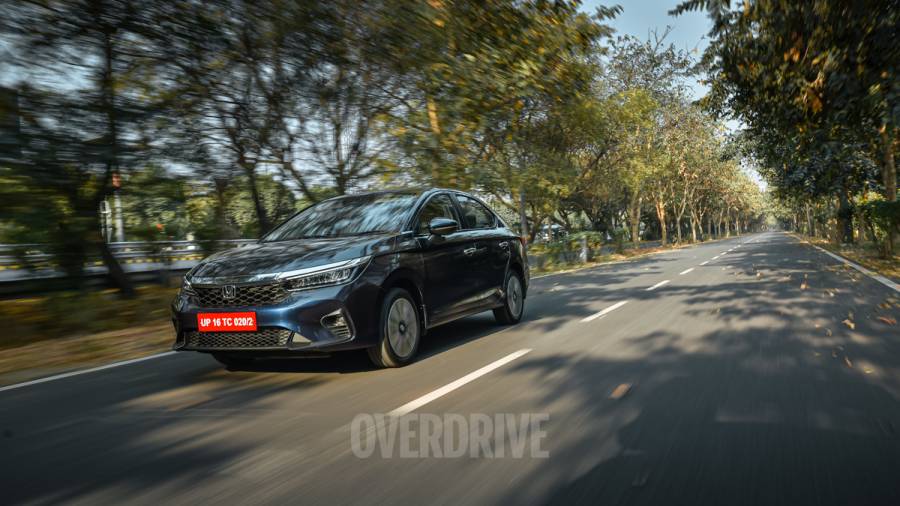
Starts Rs 10.9 Lakhs
1497cc
Manual
100
145
17.8 Kmpl
Starts Rs 9.31 Lakhs
1493cc
Automatic
115
250
-NA-
